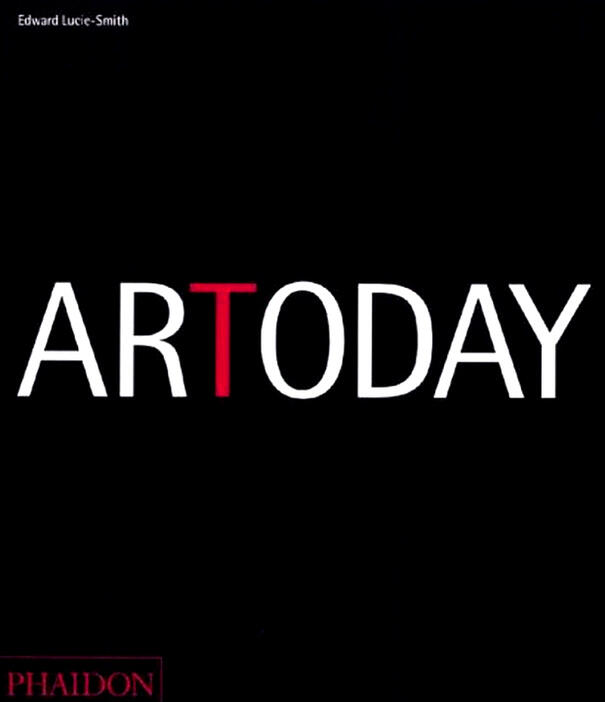

Art Today
- Format: Paperback
- Size: 290 × 250 mm (11 3/8 × 9 7/8 in)
- Pages: 512 pp
- Illustrations: 536 illustrations
- ISBN: 9780714838885
Edward Lucie-Smith is well known as a poet, critic, broadcaster and writer on art and culture. His many books include Movements in Art since 1945, Race, Sex and Gender in Contemporary Art,American Realism and Art Deco Painting, also published by Phaidon.
"A triumph."—Independent on Sunday
"Exhaustive and up-to-the-minute survey."—Times Literary Supplement
"Takes on the intimidating task of tracing developments in painting and sculpture since 1960. Remarkably, it succeeds."—The Sunday Times
"The most comprehensive survey attempted so far... Written with authority, perception, and challenging judgement... An invaluable vessel of reliable reference in a sea of confusion."—Scotland on Sunday
A coffee-table corker of a book... This spectacular guide examines the history of the visual arts from 1960 to the present... Manages to do so without ever descending into a stodgy textbook style. For aficionados and novices alike, this is the essential guide to art today."—The Times"What a treasure. This history of art since 1960 is so huge that it's hard to believe that anything could be left out. Lucie-Smith, the seasoned author, classifies the artworks by school (neo-Dada, perestroika, New York) but no amount of scholarship can constrain the fantastic, fertile variety of works on show here. Stunning colour reproductions appear on each page, making this collection very good value for money."—Guardian
"Lucid and informative text... Plentiful colour pics."—Galleries
"Phaidon’s designers should congratulate themselves for having produced a book whose selection and placement of images is really suberb... Allows... us to have access to a real cross-section of work, to have an opportunity to consider it, however briefly, and not to remain cramped within the confines of a particular decade... As a paperback, Art Today somehow seems to have come of age: it’s the right kind of format, however heavy it feels. As a document of its period it will probably continue to supersede for a long time all other books that dwell so lovingly upon more ephemeral aspects of total modernity."—Art Monthly